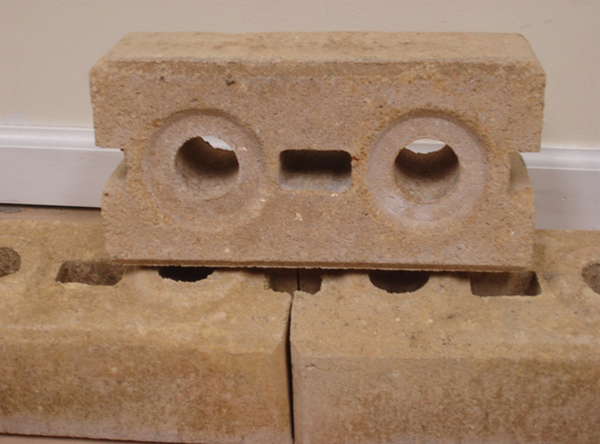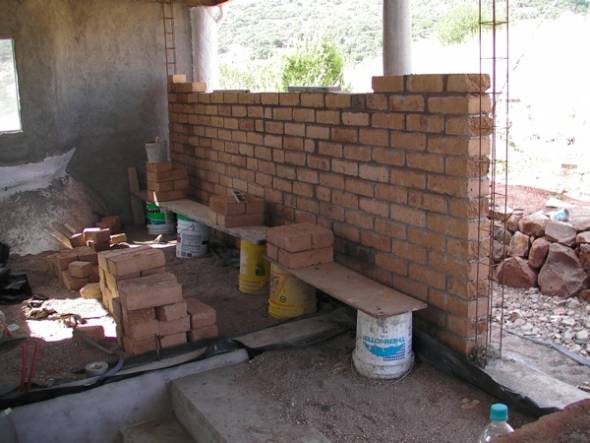
“CEBs are one of the cheapest, simplest building methods available. They are an advancement on adobe blocks and are far more versatile, durable and strong.
earth block
CEB Press Refinements
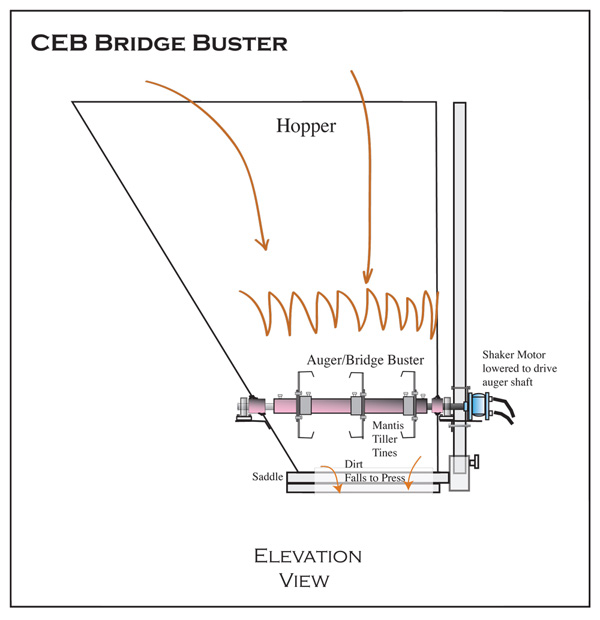
We’ve been covering CEB presses lately. I found an excellent blog that describes in detail how to greatly enhance a basic CEB press. The Propagelle Projects Blog explains how they’ve modified a CEB press for improved performance. I’ve taken the liberty to include a few snippets and images to highlight the caliber of their work. Be sure to visit their blog for complete info.
Post Detail for CEB Walls
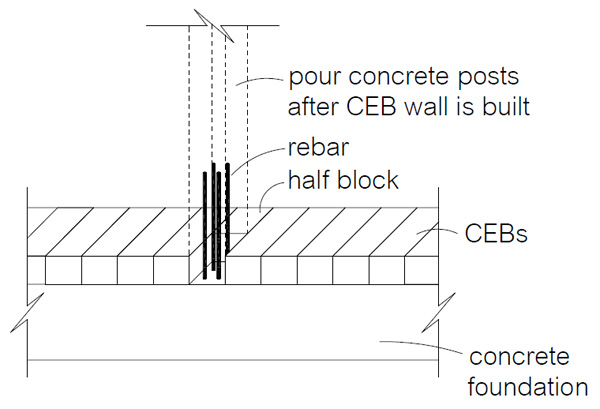
One way to speed construction of compressed earth block walls (CEBs) is to pour concrete posts after the CEB walls are built. This process may be desirable in mild climates where there’s low probability of rain or snow and you are eager to get the walls built. Pouring the posts in the walls saves on form material, and reduces cutting and fitting of blocks (less need for perfect alignment). Posts are inconspicuous (or invisible in some cases – see below) because they’re inset flush to the wall.
Liberator CEB Machine
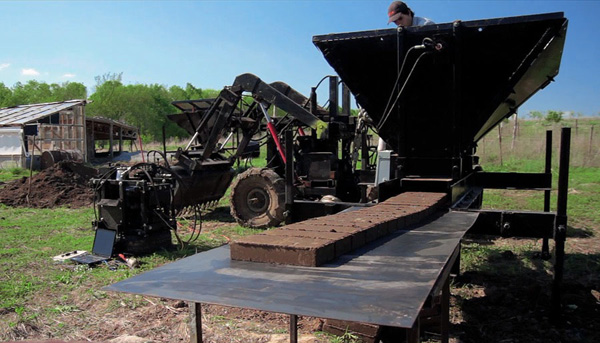
Open Source Ecology is a network of farmers, engineers, and supporters building the Global Village Construction Set — a modular, DIY, low-cost, open source, high-performance platform that allows for the easy fabrication of the 50 different industrial machines that it takes to build a small, sustainable civilization with modern comforts.
The Liberator CEB Press Prototype IV
The CEB Story 2012. from Open Source Ecology on Vimeo.
Quote from the video: “After this December, there’s going to be major adoption happening as people see this machine works and the quality of the housing that’s built, both in terms of time and cost, is going to be superior.” Marcin Jakubowski, Founder Open Source Ecology
“We’re pleased to announce design completion of Prototype IV of the Compressed Earth Brick (CEB) Press.

